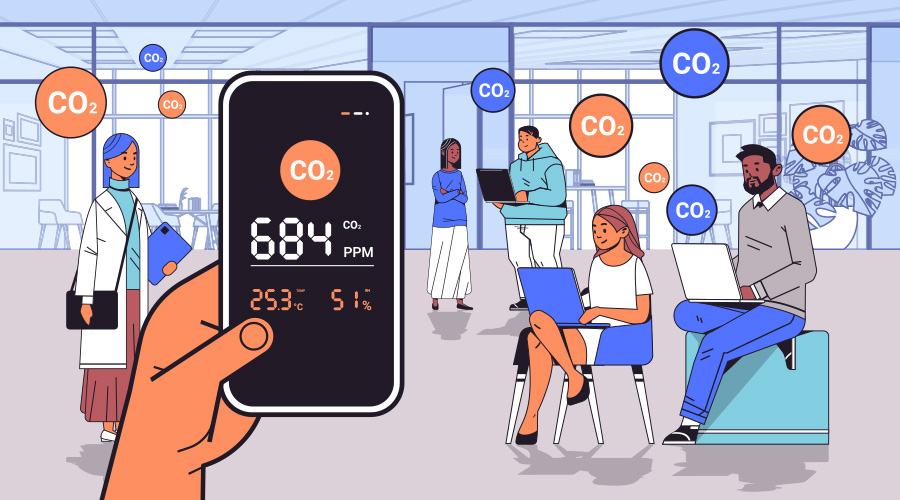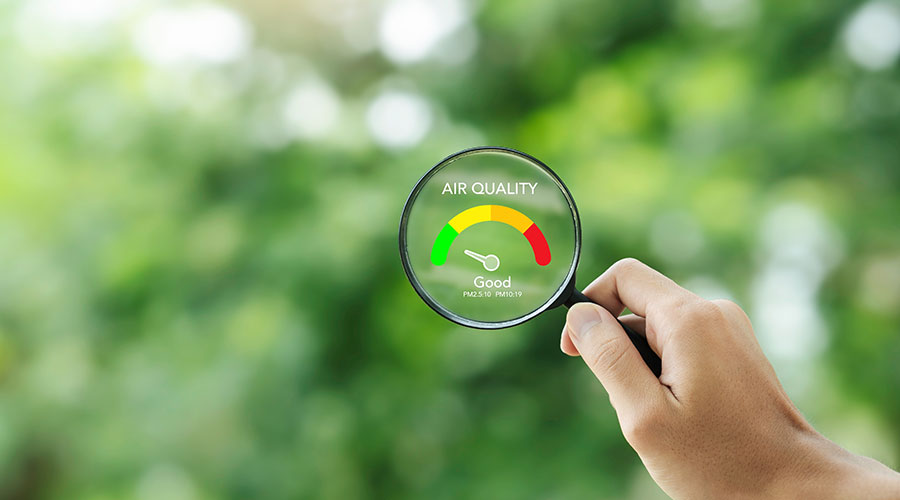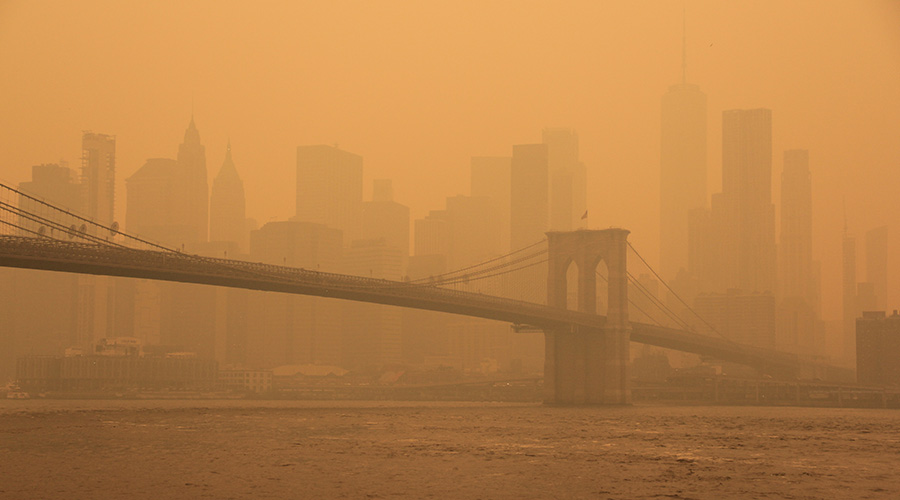Managers Need to Get Educated on Chemical Toxins
People have an increasingly complex history with buildings. Originally, we created shelters to protect us from natural forces. But the more sophisticated shelters became, the more they began to incorporate substances our bodies were not equipped to handle.
Today, chemical toxins lurk everywhere in institutional and commercial buildings. These substances can cause cancer, contribute to respiratory illness and failure, and lead to birth defects. They also can create more resistant strains of bacteria and alter genetic codes, affecting the quality of our lives, as well as those of future generations.
The sustainability movement among facilities addresses these issues head-on by encouraging the specification of building materials with few or no volatile organic compounds (VOCs), proper procedures during construction and retrofits to protect indoor air quality (IAQ), and the elimination of chemical products.
Unfortunately, IAQ has not risen much on many managers' priority lists. You have a great deal of power to create a sustainable facility that safeguards the health of building occupants and visitors. If you're not educating yourself and remaining vigilant on IAQ, you're unknowingly undermining occupant health.
Knowing Your Enemy
If you think the U.S. Environmental Protection Agency (EPA) is your IAQ fail-safe, think again. While the EPA is supposed to track the toxicity of materials, it wasn't founded until the 1970s, and chances are, at least some of your buildings are older than that.
Materials that went into walls, insulation, ductwork and mechanical systems for decades might have contained chemical compounds that weren't on the list as causing cancer or asthma. As a result, many chemicals are in the DNA of buildings. If you care about the serious health risks your facility might pose to occupants and visitors, bring in an expert to conduct a thorough materials audit.
Beyond chemicals from that era, the United States has continued developing and using the most chemicals of any nation in the world. The problem is, our awareness of compounds contained in facility materials and components has not increased in proportion to the rate of their invention. We introduce almost 2,000 new synthetic chemicals each year. That number exceeds the EPA's capacity to test these substances. The result? These chemicals make it into facilities before they have been properly tested.
What can you do? Make decisions about the chemicals you allow in your facilities because many of these toxins remain inside the building. Your best defense is knowledge. A host of excellent websites provides free information on alternative building products for sustainable buildings, so get educated.
Related Topics:













